Lot details Japan, Meiji period (1868-1912) to Taisho period (1912-1926) Of rectangular form, with a flush-fitting cover. The exterior bearing a kinji ground richly decorated in gold and colored hiramaki-e and takamaki-e with e-nashiji, mura-nashiji, gyobu nashiji, and kirikane to depict a fierce battle between a horse-mounted samurai on a surprise attack on an encampment, raising his katana high above his head as he is about to strike a standing warrior wearing a kabuto with an oni maedate, only able to defend himself with a fan for the moment but about to draw his own sword, while a soldier defends his master with a long yari (spear), all amid a meandering stream framed by grasses, rocks, and bamboo leaves below thick swirling clouds, continuing over to the long sides, the short sides and base of nashiji. The interior of rich nashiji, the cover similarly decorated and with inlays of mother-of-pearl and gold foil to depict a river amid rolling hills, reeds, bamboo, and rockwork, the nine-section ita (baseboard) fitted with a rectangular inkstone (suzuri) and fan-shaped copper waterdropper (suiteki). SIZE 5.2 x 23.1 x 26.1 cm Condition: Excellent condition with minor wear. With the original lacquered wood transport box with a gold-lacquered inscription 川中島合戦図蒔絵御硯箱 "Kawanakajima-gassen zu makie on-suzuribako" [Lacquer suzuribako, with the design of the Battles of Kawanakajima]. The Battles of Kawanakajima (Kawanakajima no tatakai) were a series of battles fought in the Sengoku period of Japan between Takeda Shingen of Kai Province and Uesugi Kenshin of Echigo Province from 1553 to 1564. Shingen and Kenshin contested each other for control of the plain of Kawanakajima between the Sai River and Chikuma River in northern Shinano Province, located in the present-day city of Nagano. The battles were triggered after Shingen conquered Shinano, expelling Ogasawara Nagatoki and Murakami Yoshikiyo, who subsequently turned to Kenshin for help. Five major battles of Kawanakajima occurred: Fuse in 1553, Saigawa in 1555, Uenohara in 1557, Hachimanbara in 1561, and Shiozaki in 1564. The most famous and severe battle was fought on 18 October 1561 in the heart of the Kawanakajima plain, thus being known as the Battle of Kawanakajima. The battles were ultimately inconclusive and neither Shingen or Kenshin established their control over the plain of Kawanakajima. The Battles of Kawanakajima became one of the most cherished tales in Japanese military history, the epitome of Japanese chivalry and romance, mentioned in epic literature, woodblock printing, and later in movies. They were a popular subject for woodblock prints in the Edo period, in part because both the Takeda and Uesugi clans had died out and glorification of their deeds did not therefore pose any threat to the ruling Tokugawa shogunate.
Lot details Japan, Meiji period (1868-1912) to Taisho period (1912-1926) Of rectangular form, with a flush-fitting cover. The exterior bearing a kinji ground richly decorated in gold and colored hiramaki-e and takamaki-e with e-nashiji, mura-nashiji, gyobu nashiji, and kirikane to depict a fierce battle between a horse-mounted samurai on a surprise attack on an encampment, raising his katana high above his head as he is about to strike a standing warrior wearing a kabuto with an oni maedate, only able to defend himself with a fan for the moment but about to draw his own sword, while a soldier defends his master with a long yari (spear), all amid a meandering stream framed by grasses, rocks, and bamboo leaves below thick swirling clouds, continuing over to the long sides, the short sides and base of nashiji. The interior of rich nashiji, the cover similarly decorated and with inlays of mother-of-pearl and gold foil to depict a river amid rolling hills, reeds, bamboo, and rockwork, the nine-section ita (baseboard) fitted with a rectangular inkstone (suzuri) and fan-shaped copper waterdropper (suiteki). SIZE 5.2 x 23.1 x 26.1 cm Condition: Excellent condition with minor wear. With the original lacquered wood transport box with a gold-lacquered inscription 川中島合戦図蒔絵御硯箱 "Kawanakajima-gassen zu makie on-suzuribako" [Lacquer suzuribako, with the design of the Battles of Kawanakajima]. The Battles of Kawanakajima (Kawanakajima no tatakai) were a series of battles fought in the Sengoku period of Japan between Takeda Shingen of Kai Province and Uesugi Kenshin of Echigo Province from 1553 to 1564. Shingen and Kenshin contested each other for control of the plain of Kawanakajima between the Sai River and Chikuma River in northern Shinano Province, located in the present-day city of Nagano. The battles were triggered after Shingen conquered Shinano, expelling Ogasawara Nagatoki and Murakami Yoshikiyo, who subsequently turned to Kenshin for help. Five major battles of Kawanakajima occurred: Fuse in 1553, Saigawa in 1555, Uenohara in 1557, Hachimanbara in 1561, and Shiozaki in 1564. The most famous and severe battle was fought on 18 October 1561 in the heart of the Kawanakajima plain, thus being known as the Battle of Kawanakajima. The battles were ultimately inconclusive and neither Shingen or Kenshin established their control over the plain of Kawanakajima. The Battles of Kawanakajima became one of the most cherished tales in Japanese military history, the epitome of Japanese chivalry and romance, mentioned in epic literature, woodblock printing, and later in movies. They were a popular subject for woodblock prints in the Edo period, in part because both the Takeda and Uesugi clans had died out and glorification of their deeds did not therefore pose any threat to the ruling Tokugawa shogunate.
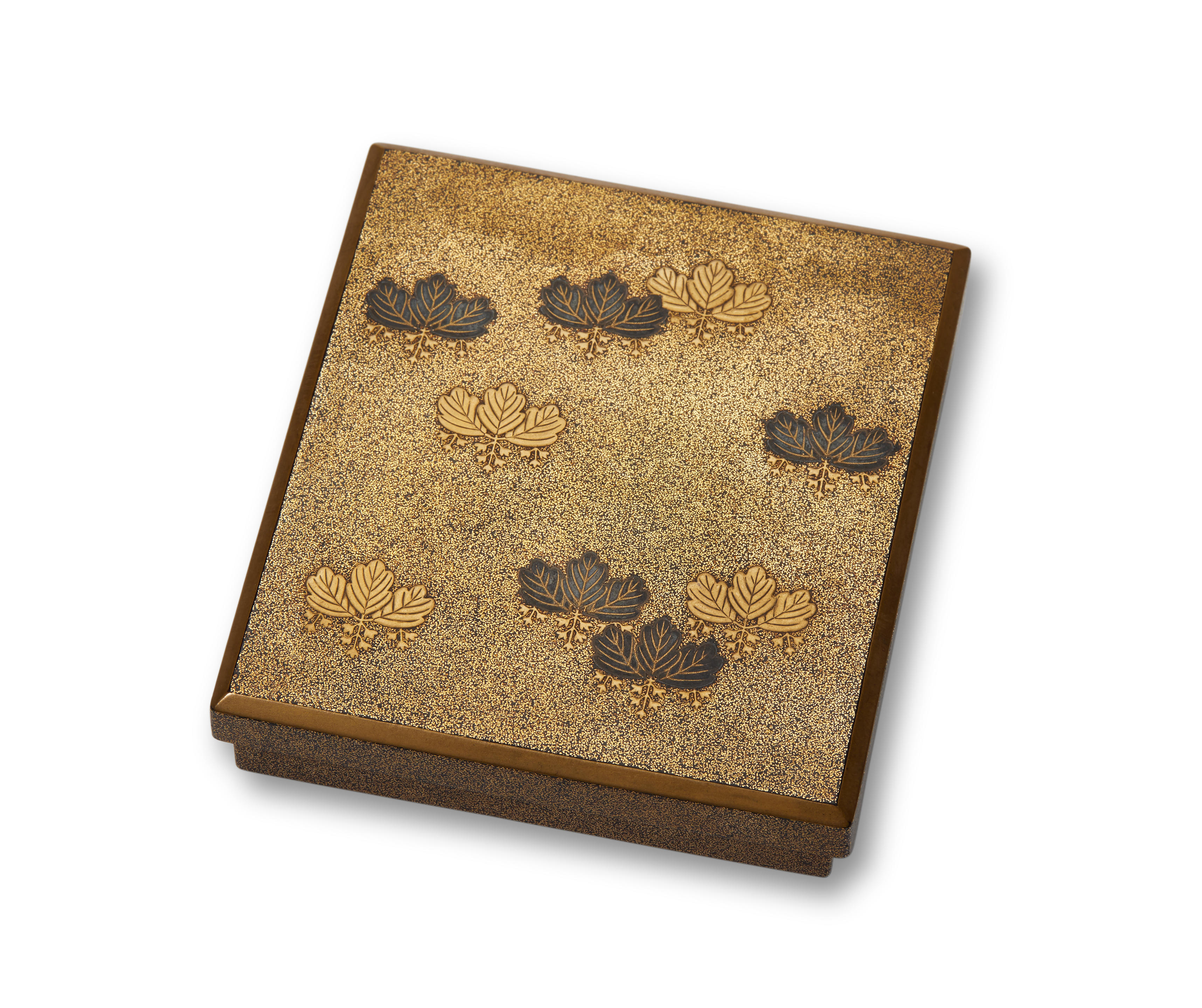
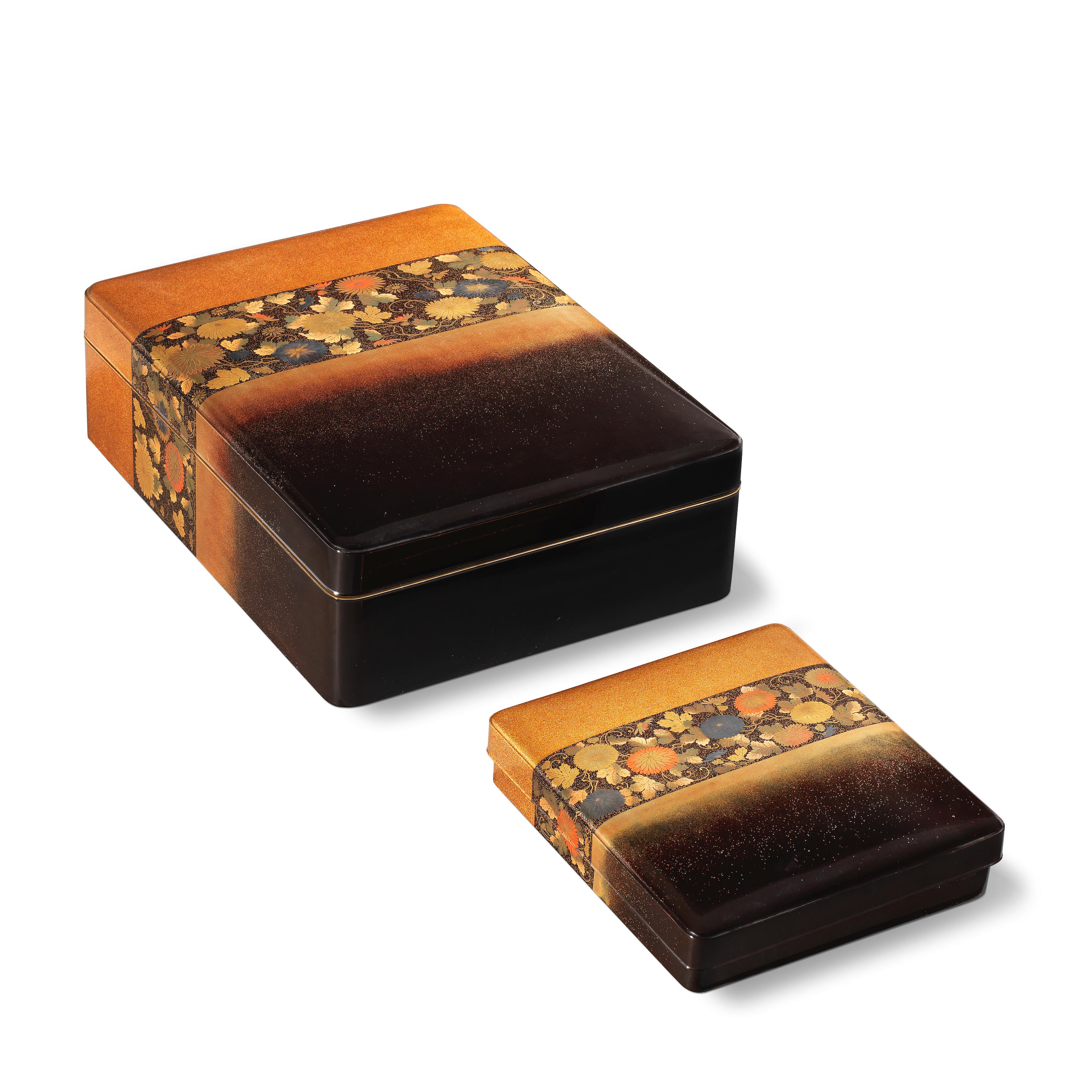
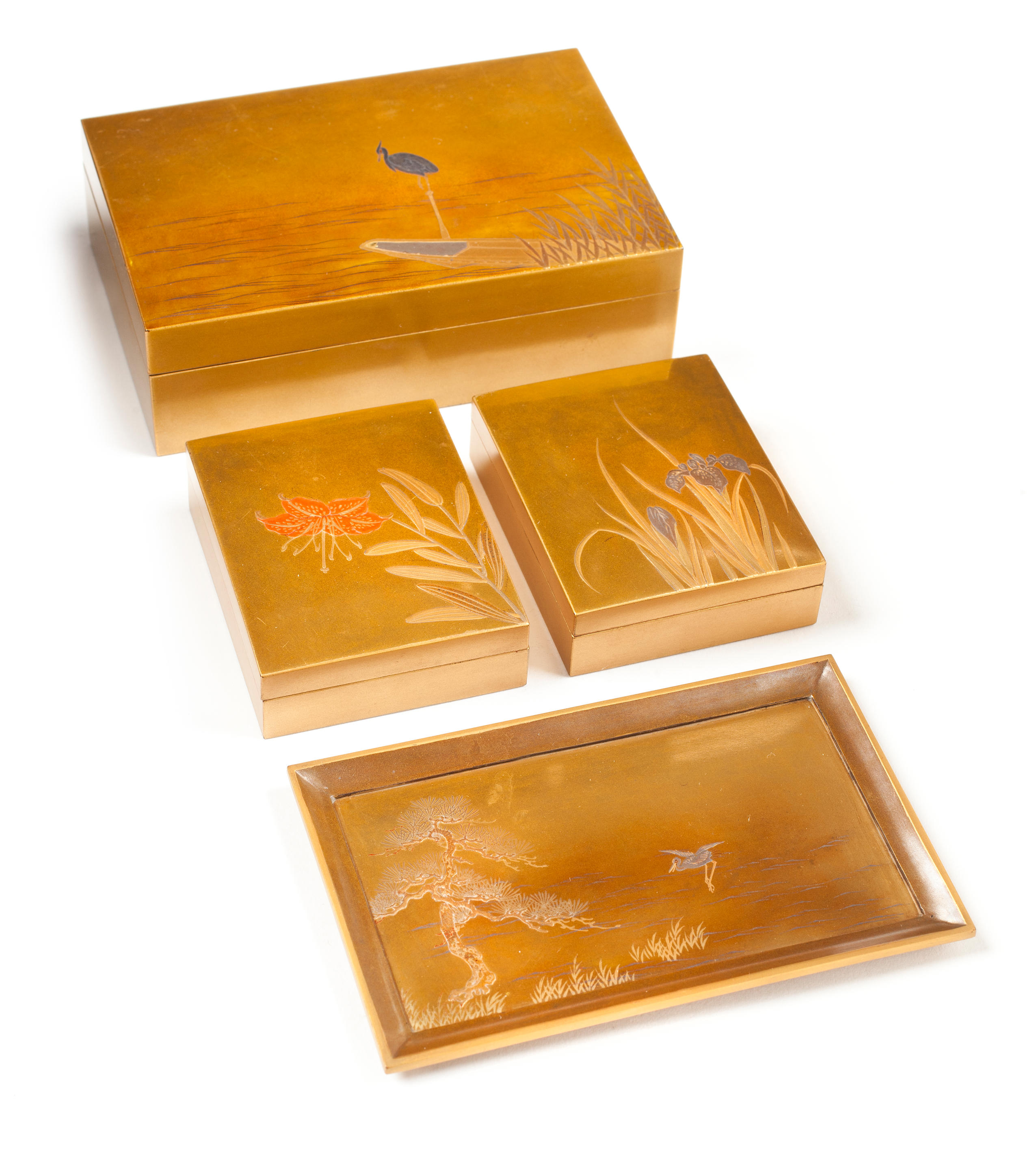
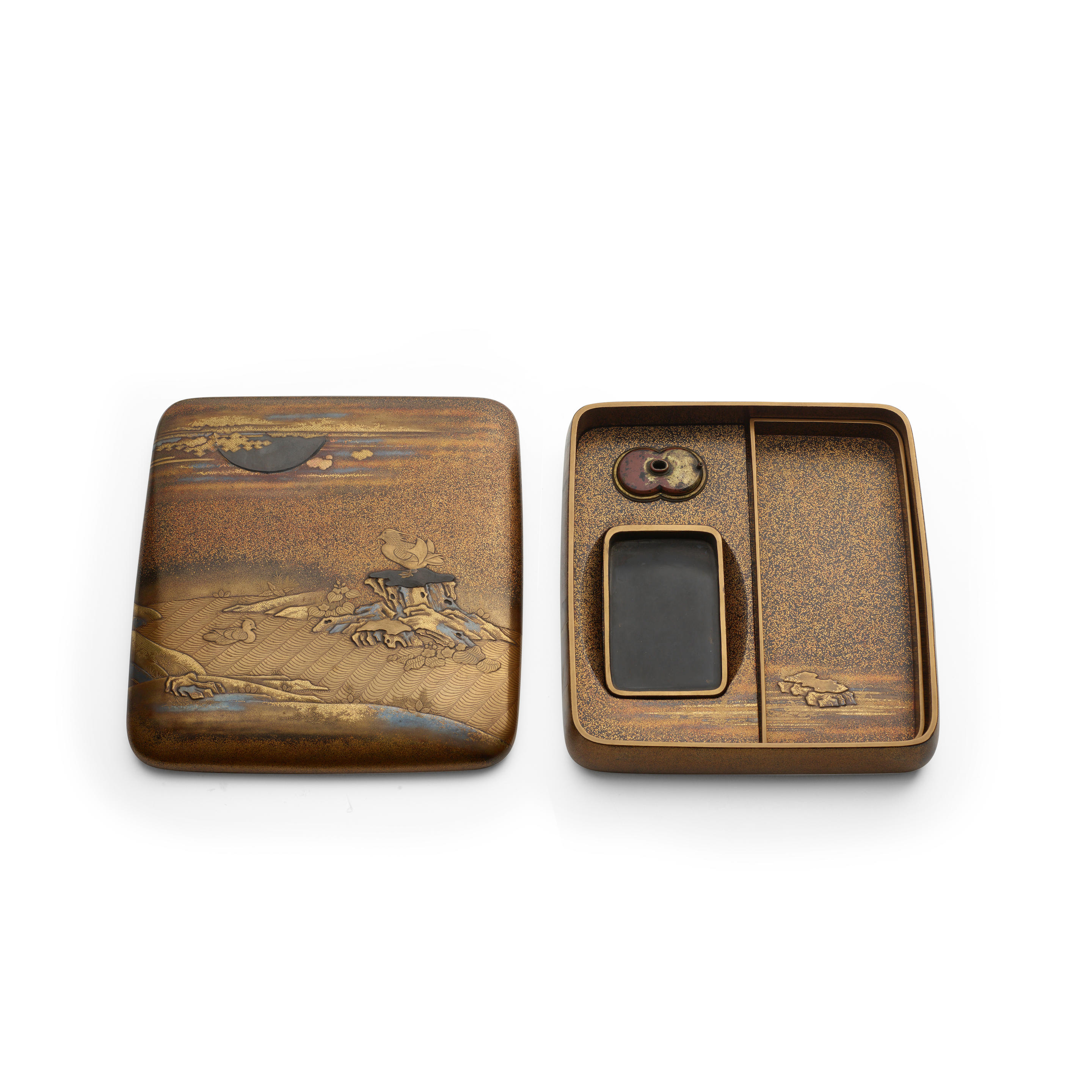









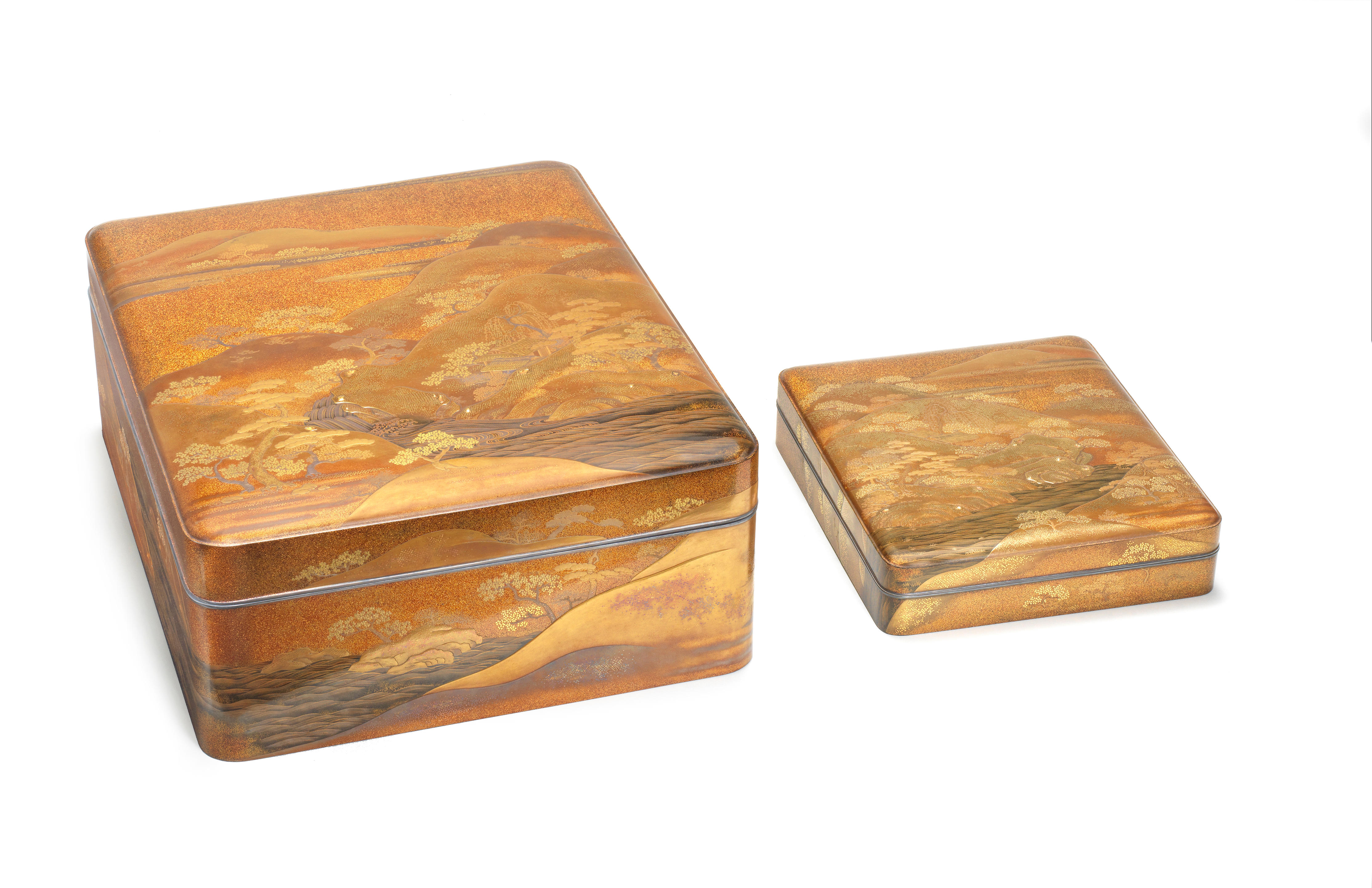
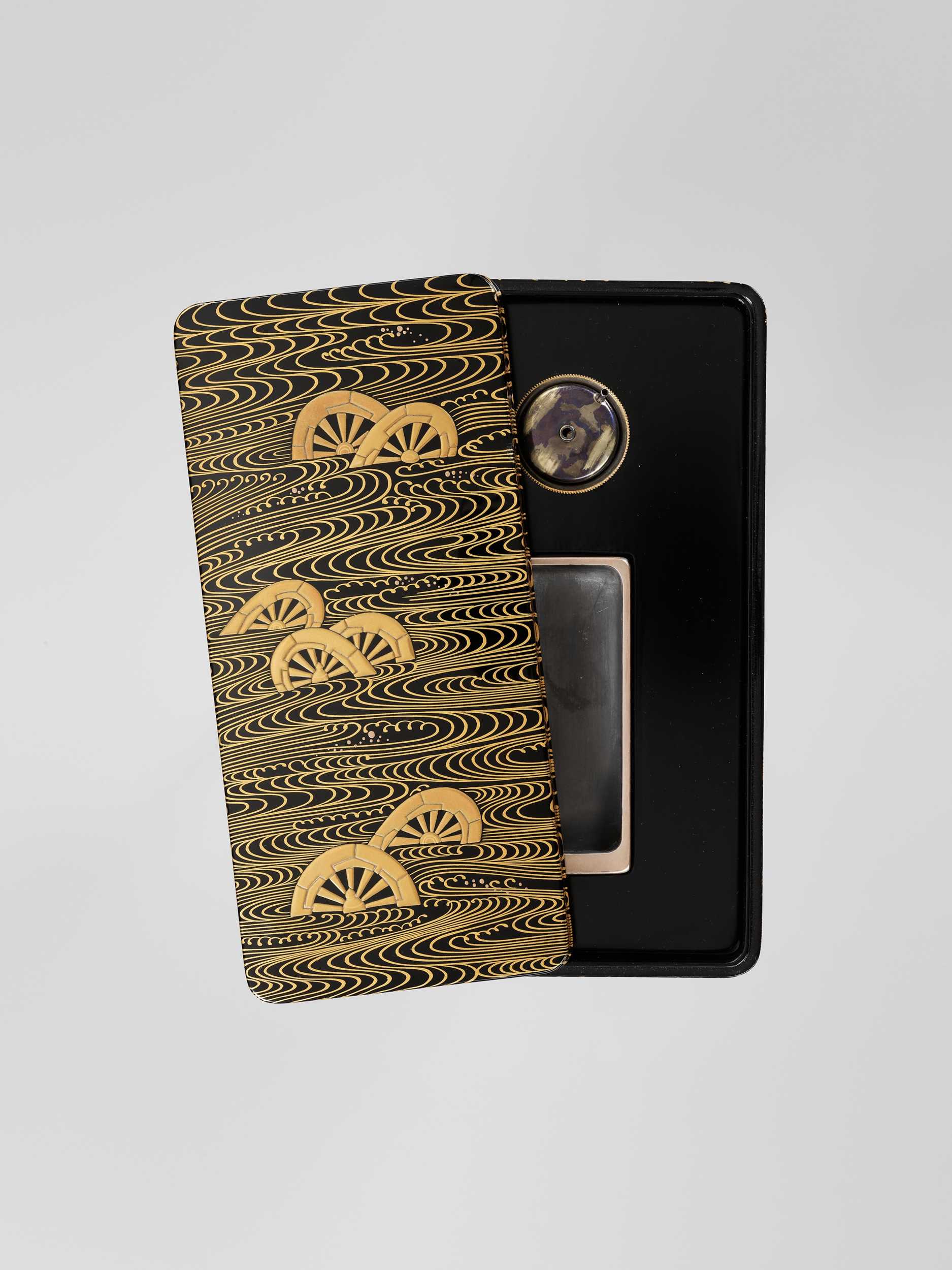
Testen Sie LotSearch und seine Premium-Features 7 Tage - ohne Kosten!
Lassen Sie sich automatisch über neue Objekte in kommenden Auktionen benachrichtigen.
Suchauftrag anlegen